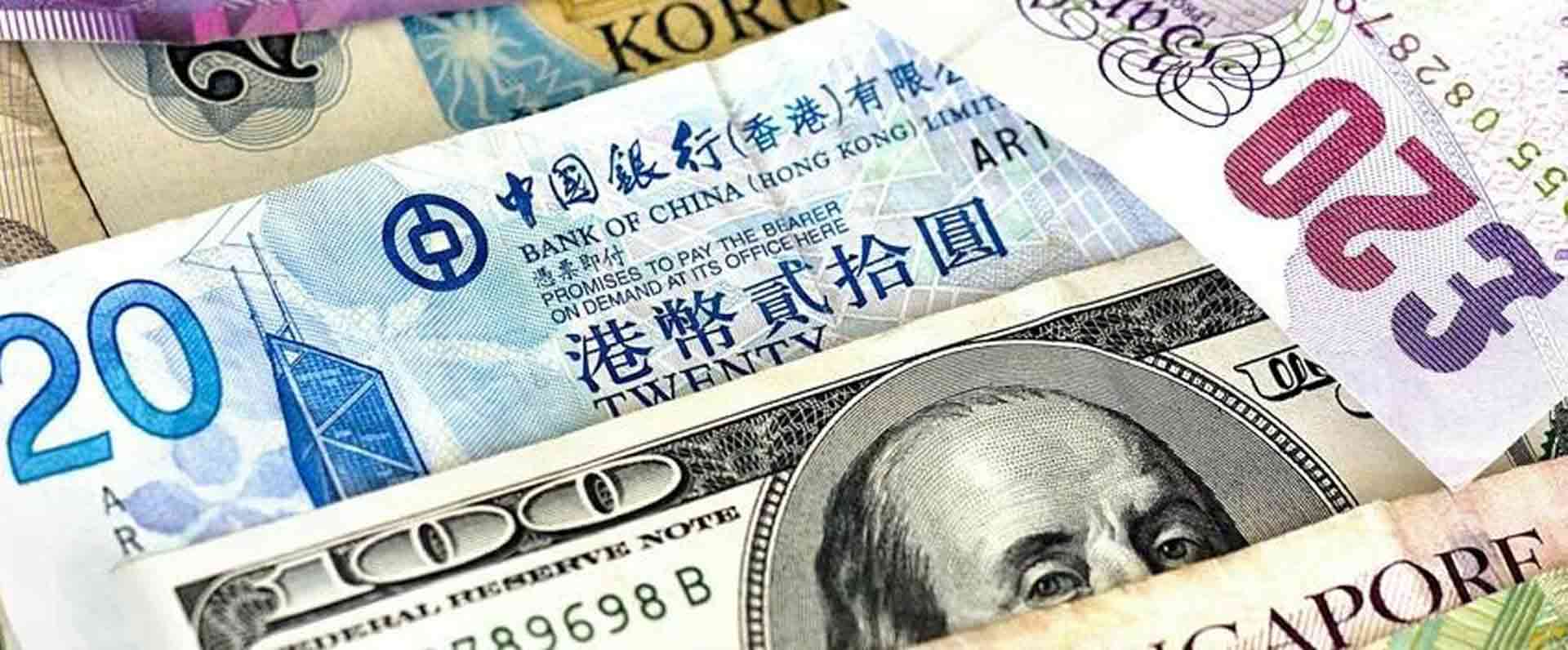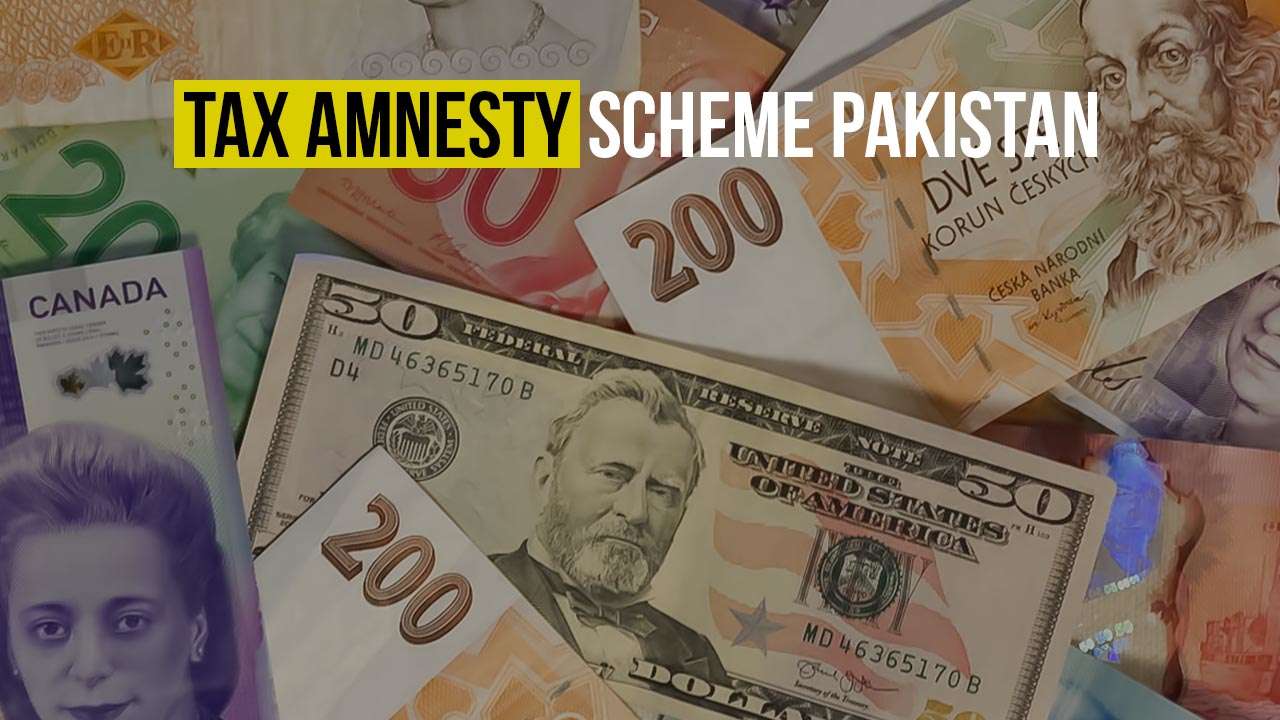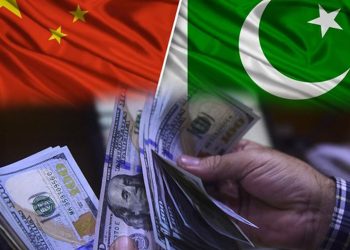Tax amnesty is the name of an opportunity that helps people who owe bank taxes to pay some or all of what they owe, with some penalties and interests waived. It may also be defined as a limited-time offer by the government to some taxpayers. This effort is done to collect as much untaxed money as possible. A general tax amnesty scheme Pakistan has been approved, this is for overstaying foreigners. It allows them to exit Pakistan without having to pay the overstay charges with a cut-off date that is 31st December 2022.
History of Tax Amnesty Scheme Pakistan
The money-whitening scheme experienced a brief peek when Pakistan offered its tax amnesty scheme in 1958 during the regime of Ayub Khan. This initiative brought approximately 71,000 declarations and about 266,183 taxpayers entered the fold and contributed a total of Rs. 1.12 billion. Despite these actions, tax collection was still at 10% of the total GDP in the years 1958-1959. In 1997, around Rs. 142 million were collected through the tax amnesty scheme Pakistan.
In the regime of General Musharaf (2000) the tax amnesty scheme was launched and during this, the incumbent ministers declared their assets. Around 79,200 declarations were filed that brought around Rs.10 billion to the exchequer.
Tax Amnesty Year 2000-2013
In 2001, ‘Investment Tax on Income’ was inserted as the tax amnesty scheme Pakistan. This gave similar facilities to whiten untaxed money and assets by paying only the 2%. These efforts were also proved futile because of only Rs. 2.5 billion were collected.
In 2008, Pakistan’s People’s Party pledged before the Parliament that there won’t be a need to introduce any kind of amnesty schemes after the introduction of ‘The Tax Investment Scheme of 2008’. However, this was not a success either. The target was missed by about Rs. 70 million.

Under the Government of PMLN
In 2013, the PML-Nawaz government announced another money-whitening scheme and it dealt with only the assets held within the country. This scheme primarily targeted the owners of the imported cars who brought them into the country without paying any taxes on them. In 2016, the scheme saw 10,000 declarations that contributed Rs. 0.85 billion.
In 2016, the National Assembly panel, with opposition by the Federal Board of Revenue, approved a blanket tax amnesty scheme Pakistan in order to whiten about Rs 7 trillion of black money that was invested in the real estate business.
In 2018, Pakistan’s Prime Minister, Shahid Khaqan Abbasi, gave the tax dodger a chance to come clean with the extremely generous amnesty scheme for their both undeclared local and foreign assets. By 2018, around 5000 people in Pakistan filed returns to declare their foreign assets, and around Rs. 80 billion were collected.
Under the Government of PTI
It was reported in May 2019 that the Federal cabinet approved the Tax Amnesty scheme Pakistan and called it the ‘Asset Declaration Scheme’. This was down a couple of days after the Imran Khan-led government succeeded to reach an accord with the International Monetary Fund. Although, public officeholders were not allowed to benefit from this privilege. Under this scheme, the assets within the country and abroad could be whitened after paying a charge of 4% only, as compared to a 45% levy in India.
The people who wanted to keep their whitened money abroad would pay a rate of 6% and for the declaration of real estate, the value of the real estate would be considered 1.5 times more than the Federal Board of revenue-assigned value so that it is brought at par with the market values. Tax Amnesty Scheme Pakistan also provided the citizens with a facility to whiten their Benami accounts and properties.






